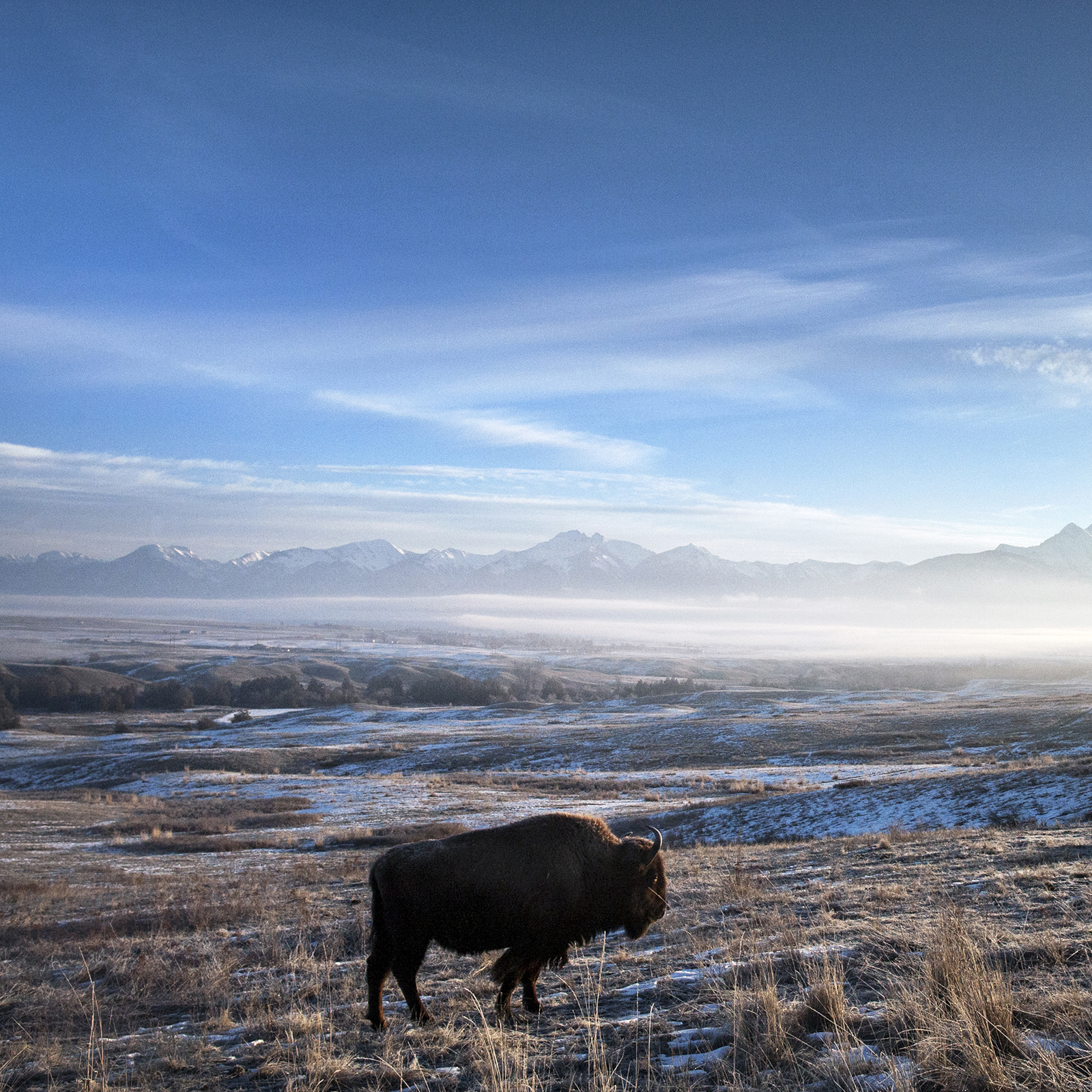More than 30 million bison used to roam across the plains of North America, but a combination of factors, led by commercial hunting and incentivized slaughter, dropped the wild population to fewer than 100 by the end of the 19th century.
Multiple recovery efforts over the last hundred years have brought about a resurgence of America’s federally designated national mammal.
The National Bison Range was established by President Teddy Roosevelt in 1908 on a 19,000-acre swath of land carved out of the Flathead Indian Reservation at the base of the Mission Mountains. It was the first time Congress appropriated tax dollars specifically for the conservation of wildlife, making it one of the first established wildlife refuges in the nation.
American Bison Society purchased the original herd of 40 bison and released them into the refuge in 1909. Of the original herd, 36 bison came from the private herd owned by Kalispell founder Charles Conrad, three from New Hampshire and one from Texas.
Today, the bison population is 300-500 animals, roaming the range alongside elk, whitetail and mule deer, pronghorn antelope, bighorn sheep, coyotes and more than 200 species of birds.
In December 2020, a two-year transition period began to transfer management of the bison range to the Confederated Salish and Kootenai Tribes, allowing the tribes to lead conservation efforts on the range for the first time ever.
The entrance to the Bison Range is at Moiese, just off U.S. Highway 93. Stop at the visitor center, open May through October, where there are numerous exhibits covering the natural history and conservation of bison as well as Mission Valley history, and knowledgeable staff to answer questions and offer current information.
Even when the visitor center is closed, two scenic dirt roads, the 14-mile looped Prairie Drive and the shorter West Loop, can be driven year round. From May-October, the 20-mile one-way Red Sleep Mountain Drive takes visitors through the heart of the range and to the top of Red Sleep Mountain.
Hiking is permitted on designated footpaths, which includes a mile-long nature trail that loops through Mission Creek at the day-use area and several short trails along Red Sleep Mountain Drive.
While it’s possible to literally drive through groups of bison along the roads, be sure to bring a pair of binoculars to maximize viewing opportunities.
